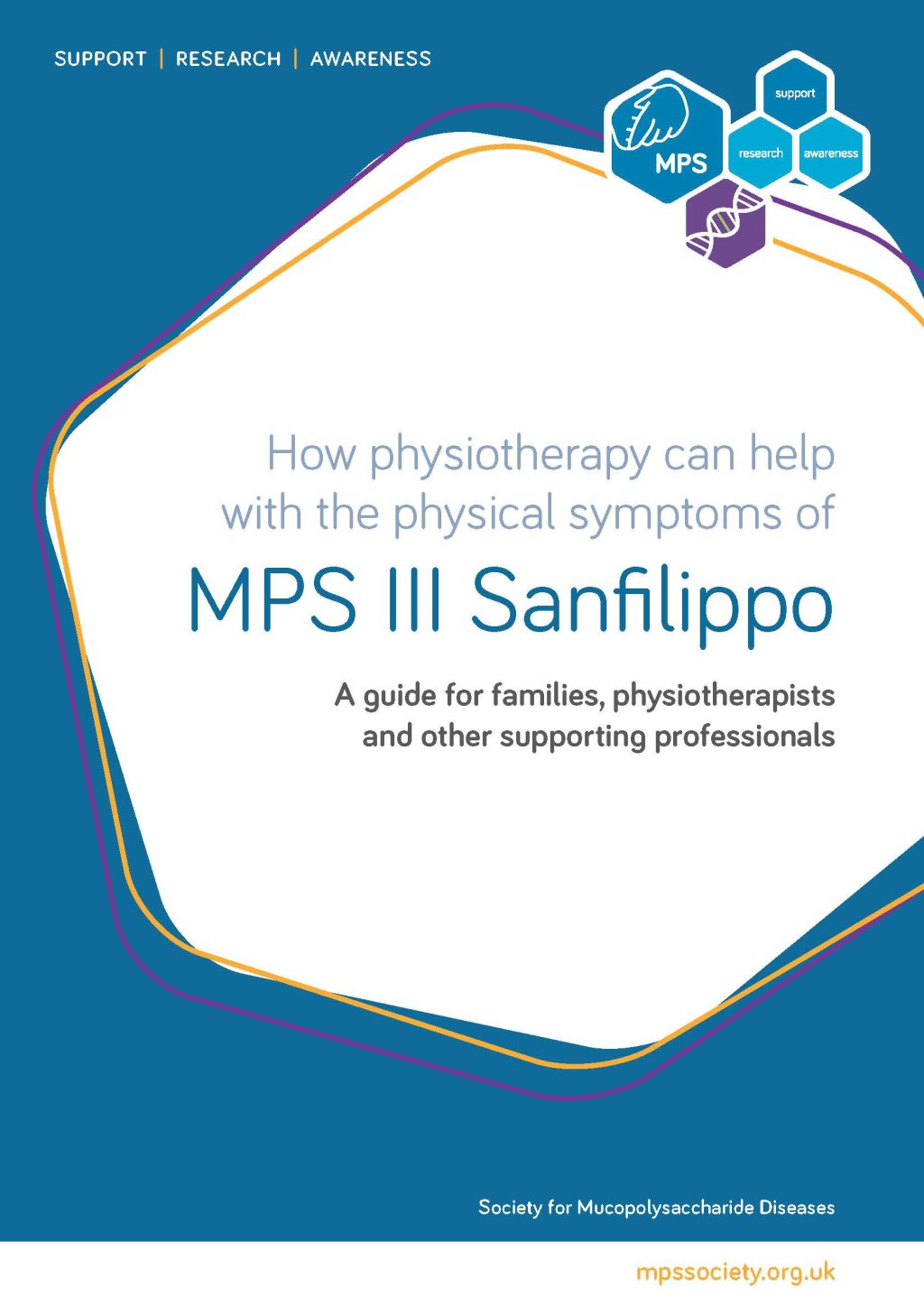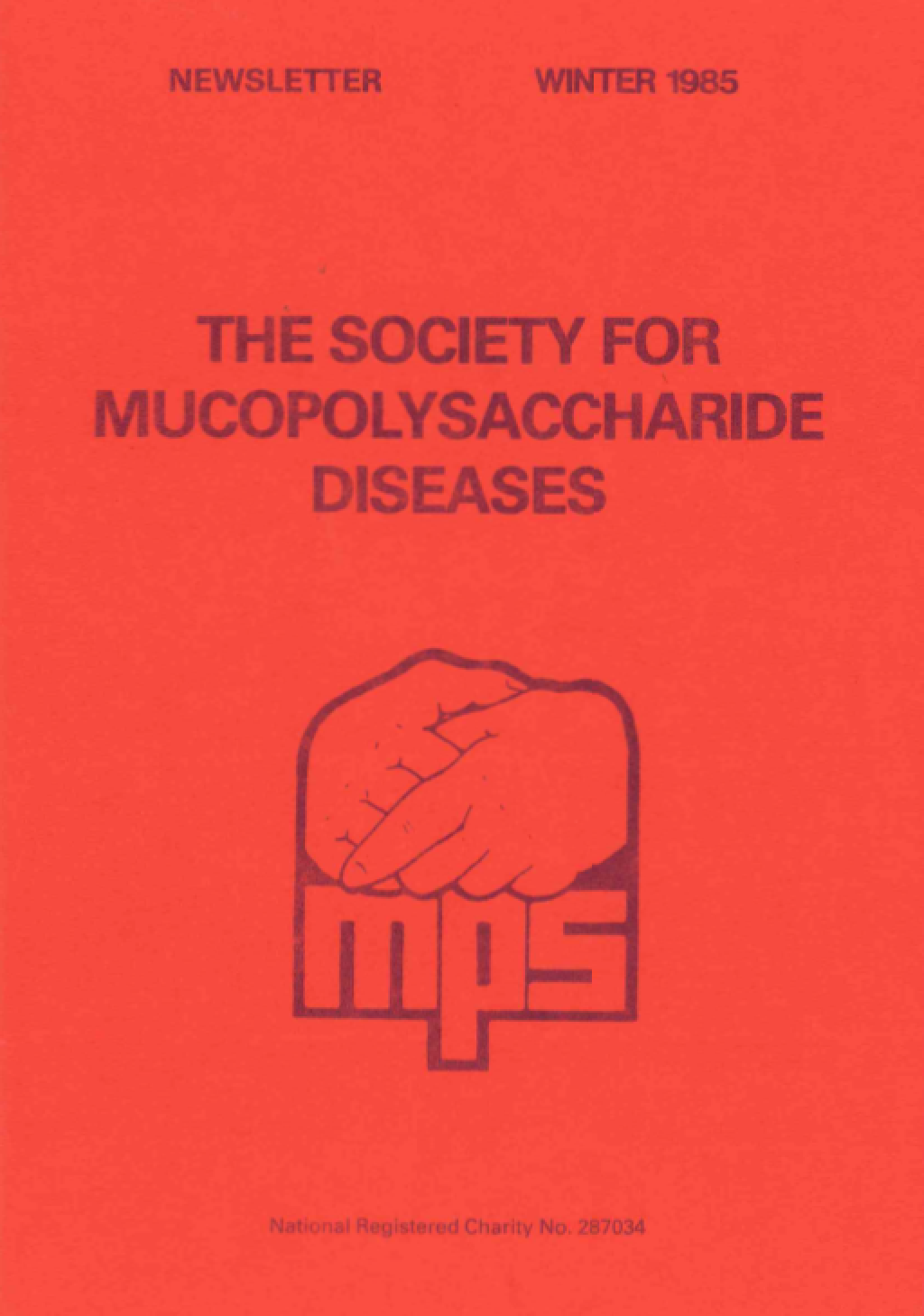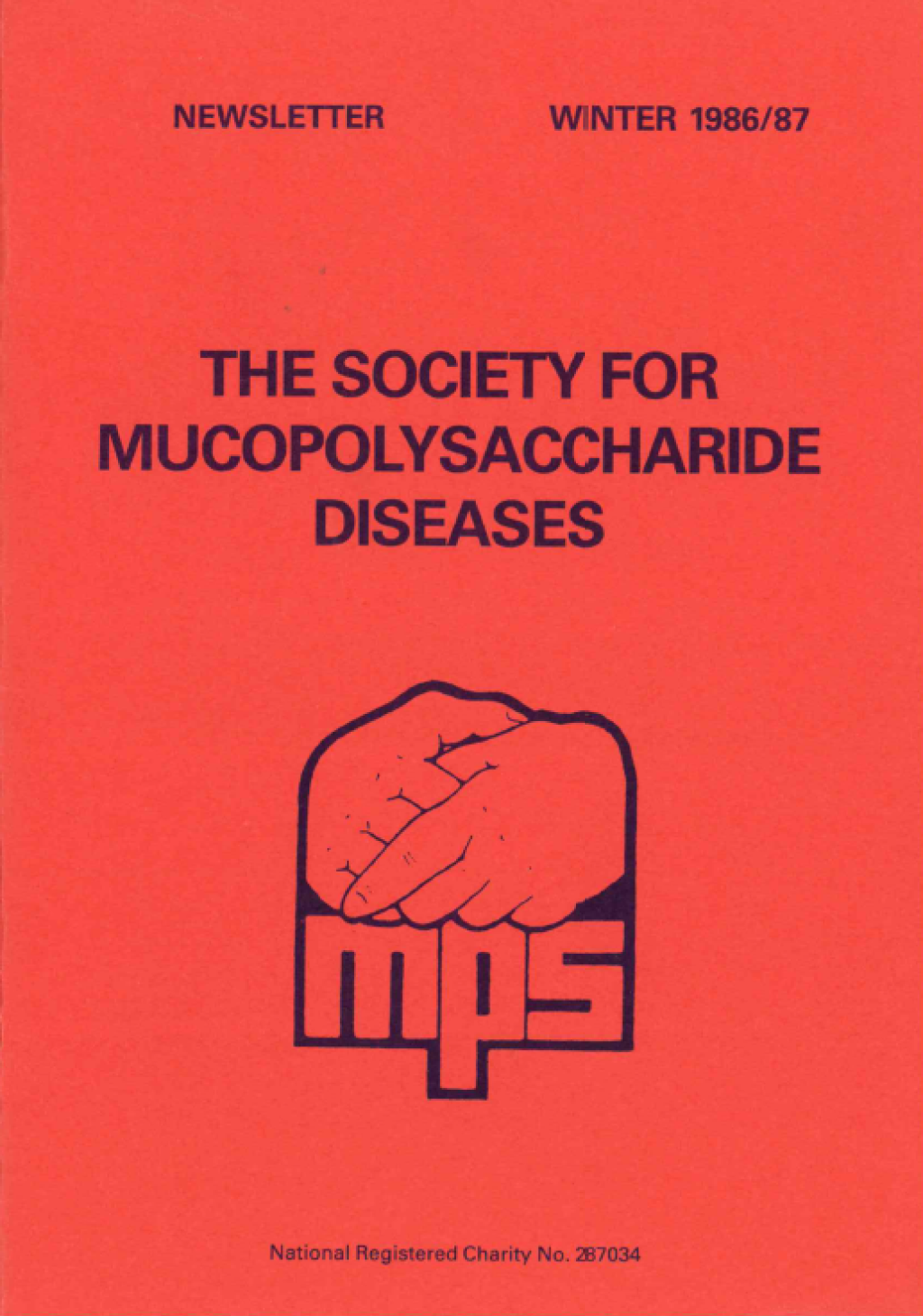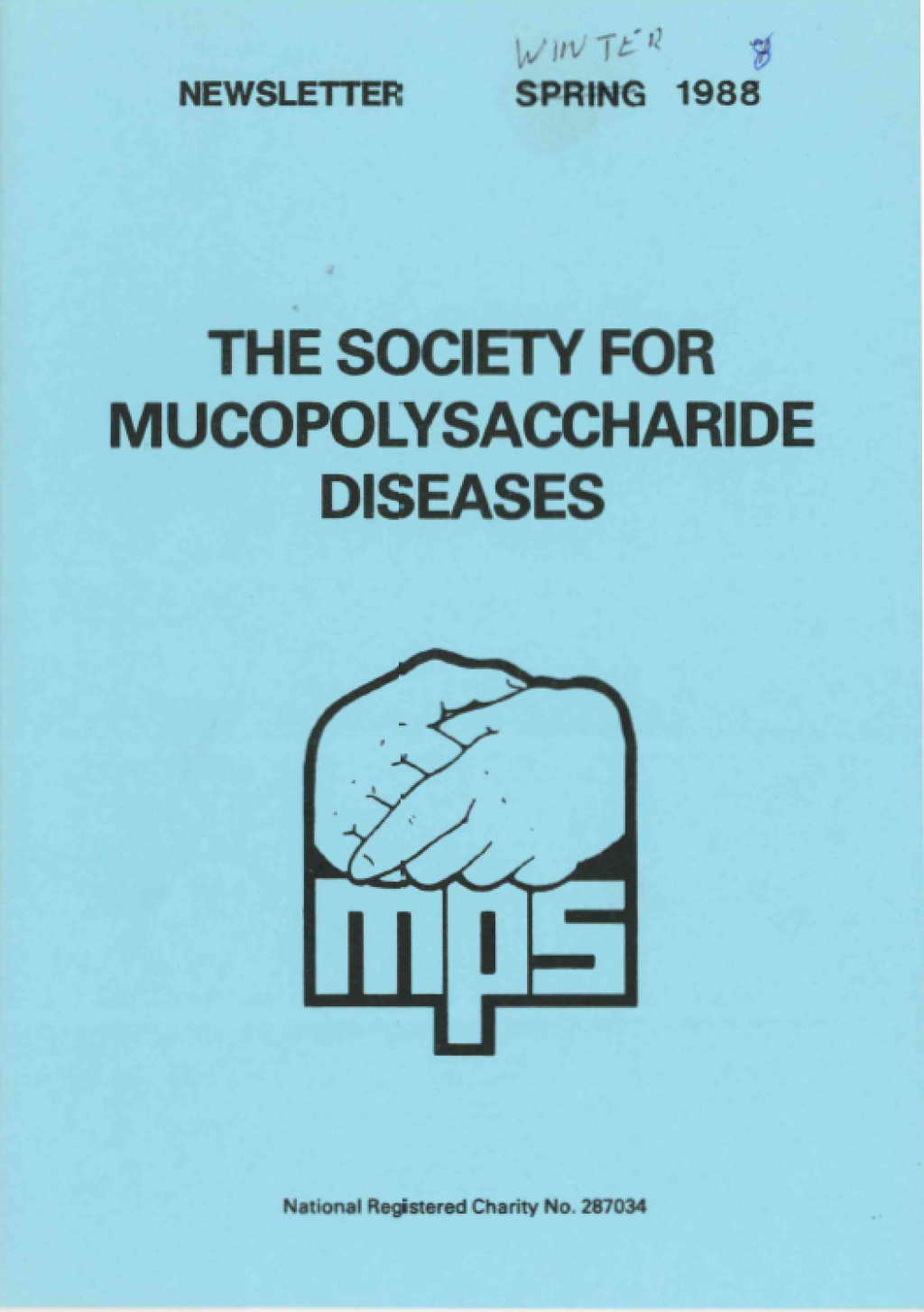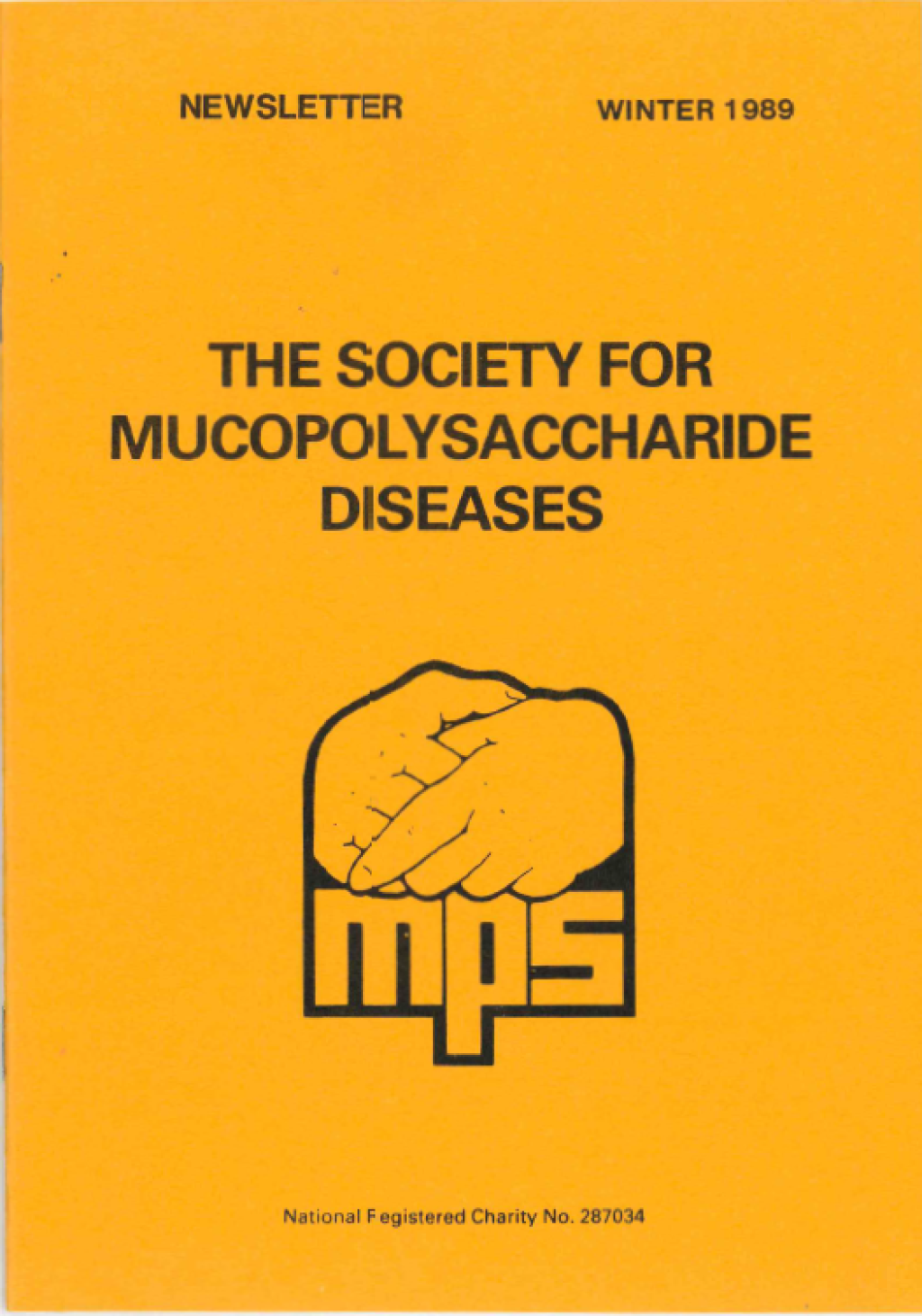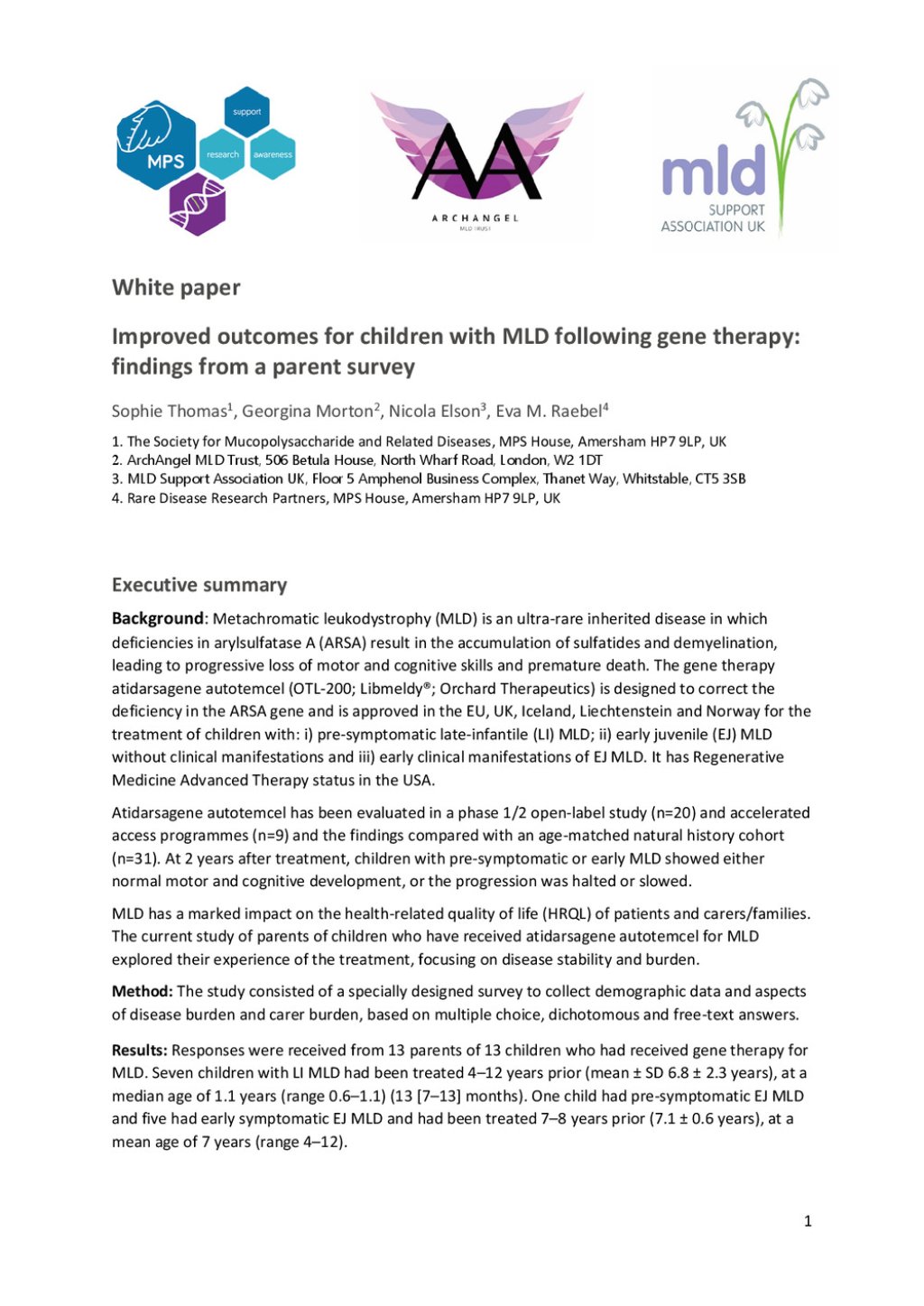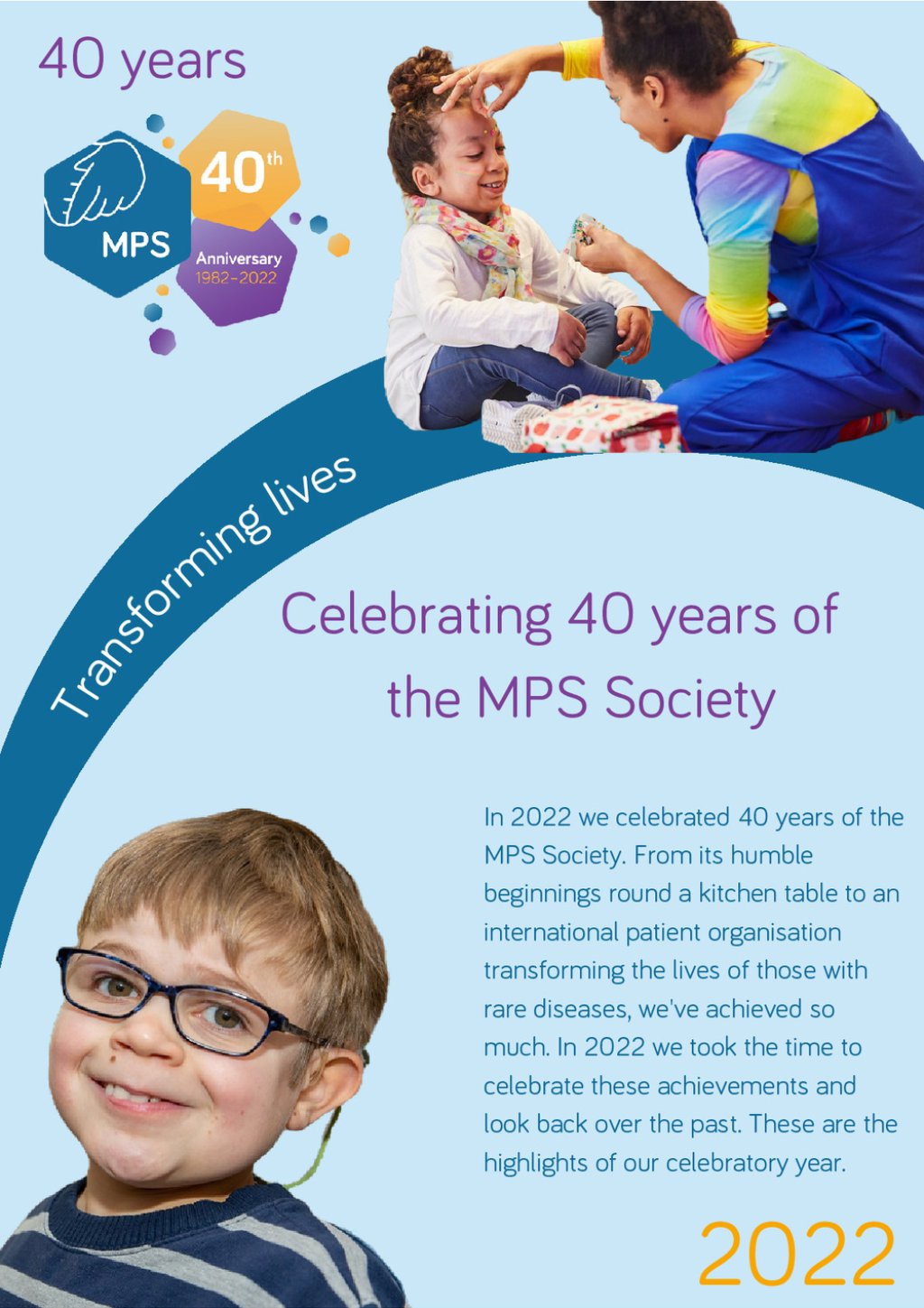This guide explains the importance of physiotherapy for people with MPS III, how it helps, different interventions that can be used, advice for schools and at home and where to go for further support.
MPS III Sanfilippo is a rare inherited metabolic disorder caused by a lack of an enzyme in the cells that breaks down large sugar molecules (known as heparan sulfate) and recycles them. If these large molecules are not broken down and removed, they build up in the cells and cause damage, particularly in the central nervous system, including the brain.
MPS III affects multiple systems within the body and as a result needs a multidisciplinary approach to treatment. This means all the different healthcare specialities involved with the individual’s care need to work together to provide the best possible support.
The physiotherapist is a vital part of this team approach.
Treating those with MPS III can be particularly complex and the physiotherapist will carefully consider the specific difficulties experienced by the individual, and their stage of disease, before thinking about treatment. Problems with movement and posture need to be considered against the background of other MPS III symptoms including behavioural and learning difficulties, developmental delay, hyperactivity, sleep difficulties, seizures and loss of skills.
The aim of physiotherapy is to maintain function and independence for as long as possible.
